Business began at PR Duff with Peter importing live cattle from Chicago stockyards and shipping them across the Atlantic to Glasgow. Peter’s way of working was well received, as this took place in the days before refrigeration and so there was a shortage of fresh meat within the UK.
At that time the family-run business traded under the title PR Duff, named after the founder Peter Duff.
Peter continued to trade cattle in Glasgow where his son, the former Scottish and British and Irish Lions international rugby player, Laurie Duff, then took over the business.
Rory Duff later joined the company in 1976 and worked hard to move the business to the current premises in Wishaw, in 1992.
PR Duff then changed its name to MacDuff in 2001, combining two of the directors’ names: Bill Macallum and Rory Duff.
“We set up the producer group to get the farmers and the butchers involved, so the whole thing is translucent. We’ve got the whole supply chain,” says Rory.
Recent changes
In 2015, Rory’s son, Andrew, joined the company bringing it up to a fourth-generation family business.
“We shrunk before I joined, about two years ago. For several years butchers were on the climb, but in the last few years there’s been a real trend back to the high street,” says Andrew.
Talking about the changes that have taken place since Andrew joined MacDuff, Rory tells Farmers Journal Scotland: “The annual balancing cycle is a real challenge. We want to grow the business and Andrew has lots of fingers in different pies at the moment. In particular, we are looking for new farmers.”
Andrew added: “Before 2015 we didn’t kill any natives but I saw a trend back towards traditional breeds.
“There’s a higher demand for native breeds, both pure and cross.
“A larger section of our customers have began to feel they are getting better quality and that the taste is better.”
Andrew adds: “More and more people want to know where their food is coming from. There’s big emphasis on social media.
“We’re definitely the most popular Scottish meat producer on social media. The consumer is now asking us questions, the butcher is more interested. I’m able to provide this information. It’s the whole idea of following from farm to fork.”
With a background in recruitment, Andrew works to reach butchers across the UK. He says: “With the internet and online resources it is easier for me than it was for Dad. I speak to about 10 to 20 butchers a day.”
Alternative supply chain
“We have an integrated supply chain,” says Andrew.
“Myself and dad go down every morning and select the correct spec of beef or lamb that the customer wants. It’s a difficult task, but that’s what we try and do.
“We try to follow the market. We are usually at 5p premium above the general base. Our key issue is to try and convince the famer to select a specific number of animals that are the right spec for our customers. Our spec is 270-350kg deadweight, a more traditional size of ‘butcher’s cattle’, with good shape and fat cover.
“We have a long-term relationship with the majority of our farmers. It’s something like 15 to 20 years and so it must be beneficial to them.”
Discussing MacDuff’s way of working, Andrew says: “We only kill around 60 to 80 cattle a week. We try to sell all-bone in. We do traditional dry-aging, which is then continued in the butcher’s shop upon delivery.
“With all the carcases, we leave them for four to five days and then leg them at five days, plus the flank comes off.
“We leave them as pistolas for five to nine days. We will age for up to 21 days for specific customers. After aging it goes to the butcher and it’s up to them where they then take it.”
In 2000, MacDuff was established as a co-operative and had around 12 farmers involved at the time. Speaking about their co-operative business model, Andrew says: “We have around nine farmers at the moment. There is no real commitment. They can go as low as three to four cattle every few weeks and some farmers don’t supply us for the whole 52 weeks of the year, but rather for a particular period when their cattle are ready.
“Farmers bought into it. The butchers all know the farmers. Butchers aren’t official members, we only deal with independents. We take it week by week, it’s not contracted.”
MacDuff prides itself on only sourcing grass-fed cattle under 30-months-old and it never uses dairy or bull beef.
By working so closely with trusted farmers MacDuff can have full traceability of all its cattle and it pays its farmers a premium for only sourcing top-quality cattle.
The company sources more than 10 different breeds of cattle – currently, around 30% native breeds, including Galloway and Aberdeen Angus and 70% continental breeds, including Charolais and Simmental. MacDuff also runs quarterly meetings with farmers to discuss ideas and current finances, marketing, as well as the carcase show that the company runs.
“Farmers pay £2 per animal and the money goes into a pot to be used for marketing and things like that,” says Andrew.
MacDuff is the last Scottish meat wholesaler to host an annual carcase show for independent butchers and recently held its 16th annual show.
Scotland and further afield
“Down south they see fat as flavour, not so much up here. Up here it’s mostly R3, but down in London it’s R4L, R4H and so on,” says Andrew.
“Down south they are also looking for marbling. There’s more volume up here, but more value down south.”
Having not really focused on exporting for around eight years, Rory and Andrew are currently looking to increase MacDuff’s exports of native breeds. They have customers across the UK and Europe, for example in Belgium.
Looking to the future
“I’d like to get us up to about 100 cattle per week,” says Andrew. “I’d like to keep us in this unique, niche field. Some restaurants will buy the whole carcase. I’d like to build on that market.”
He adds: “The beef is the main product, but we do around 80 to 100 lambs each week. Lamb is the side to complement.”
Speaking about the wider industry, Andrew says: “There’s not a lot of young people, particularly in the Scottish meat industry. Maybe it’s not an attractive business or it’s a hard industry.”



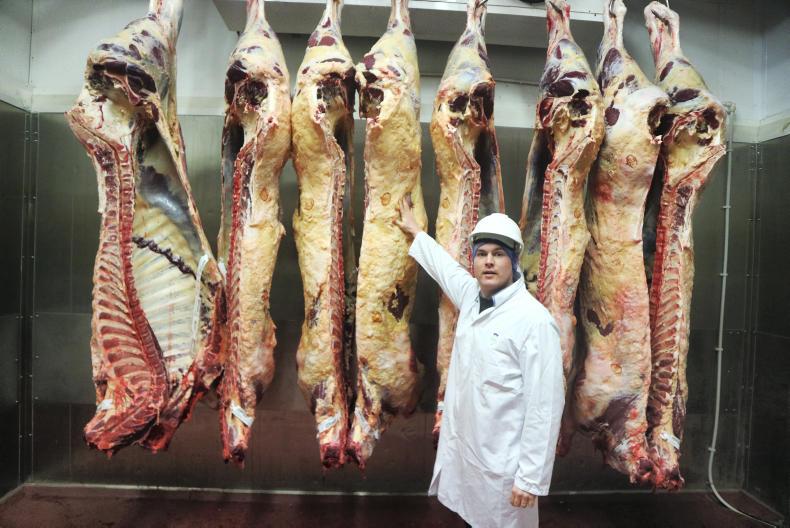


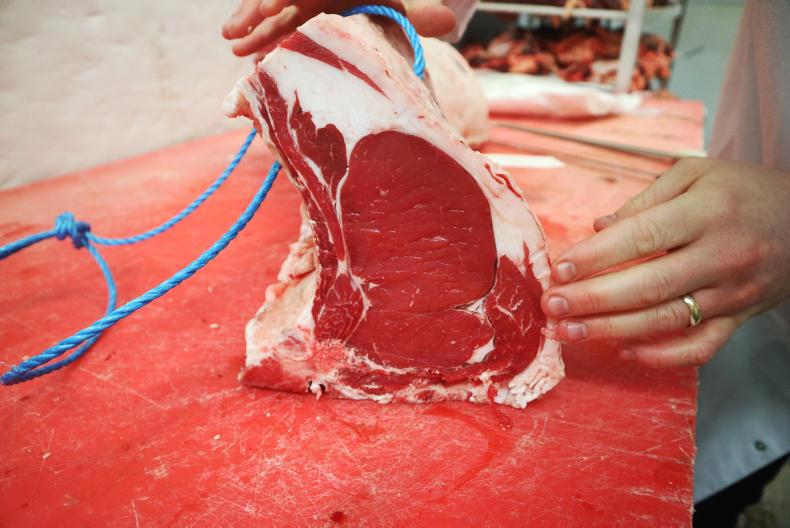



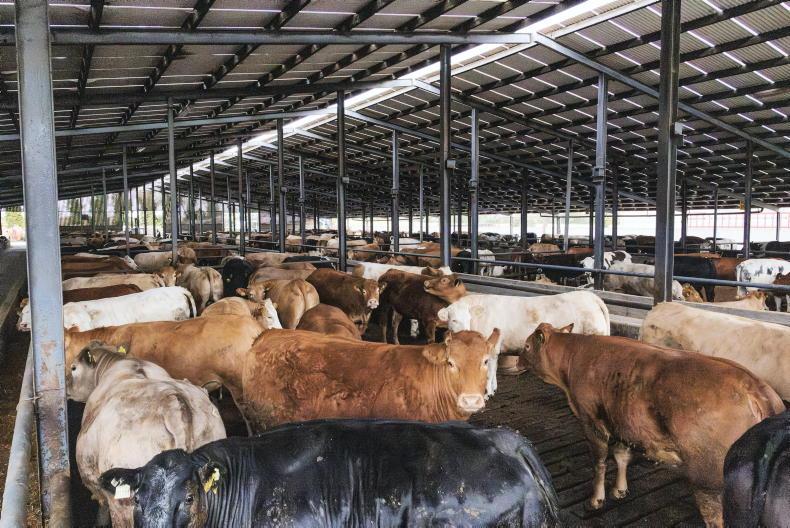


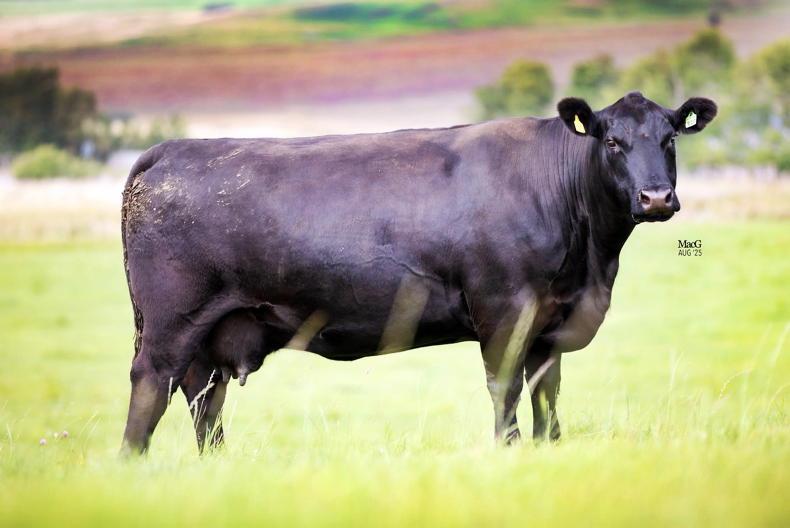
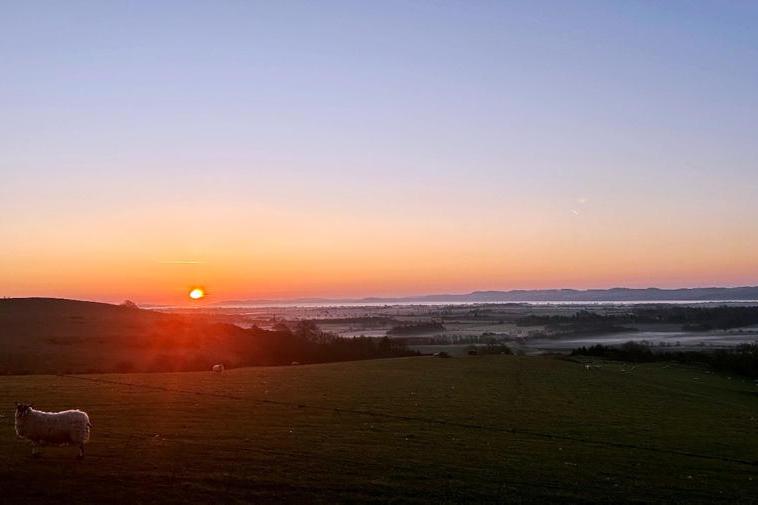
SHARING OPTIONS